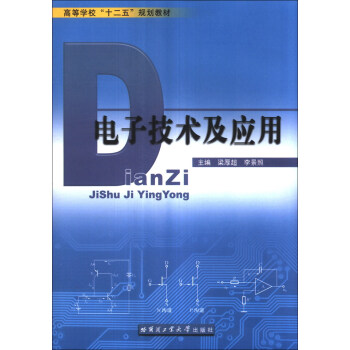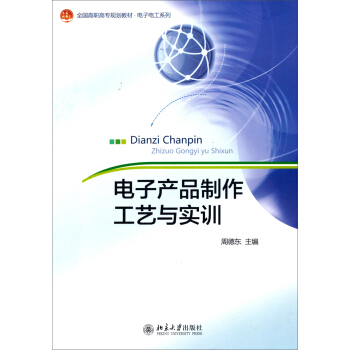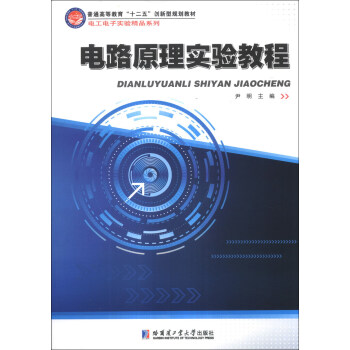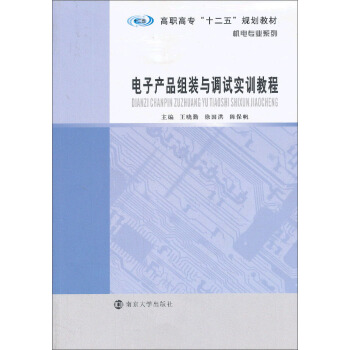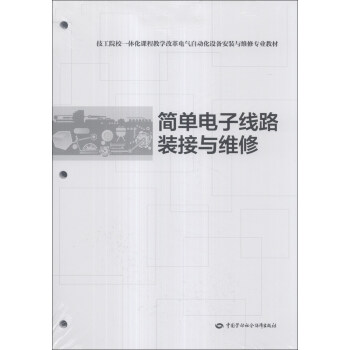![电磁场与电磁波(英文) [Electromagnetic Fields and Waves]](https://pic.windowsfront.com/11284583/rBEhUlIAlVcIAAAAAAT9-378cpoAABxnQFQ05kABP4T444.jpg)

具体描述
编辑推荐
《电磁场与电磁波(英文)》共分为9章,即矢量分析、静电场、静电场的特殊解法、恒定电流场、恒定磁场、时变电磁场、平面电磁波、导行电磁波及天线。每章均配有难度适当、基本覆盖本章内容的习题,大部分章节配有相应的思考题。《电磁场与电磁波(英文)》可作为电子信息类专业本科生一学期课程的教材和教学参考用书,也可作为物理专业本科生和工程技术人员的参考用书。内容简介
《电磁场与电磁波(英文)》是为普通高等学校电子信息类专业“电磁场理论”基础课所编写的本科双语教材,注重于系统的基础理论推演与实际应用相结台,难度符合国内该课程要求:全书共分为9章,内容包括矢量分析、静电场、静电场的特殊解法、恒定电流场、恒定磁场、时变电磁场、平面电磁波、导行电磁波及天线。
《电磁场与电磁波(英文)》可作为电子信息类专业本科生一学期课程的教材和教学参考用书,也可作为物理专业本科生和工程技术人员的参考用书。
内页插图
目录
Chapter 1 Vector Analysis1.1 Introduction
1.2 Vectors Operation
1.Vector addition and subtraction
2.Multiplication of vector by a scalar
3.Scalar product
4.Vector product
5.Product of three vectors
1.3 Coordinate Systems
1.Curvilinear orthogonal coordinates
2.Rectangular coordinate systems
3.Cylindrical coordinate systems
4.Spherical coordinate systems
1.4 Scalar and Vector Fields
1.5 Directional Derivative and Gradient
1.6 Divergence of a Vector Field
1.7 Curl of a Vector Field
1.8 Laplacian Operator
1.9 Del Operator Operation
1.10 Dirac Delta-Function
1.11 Some Theorems
1.Green's theorem
2.Uniqueness theorem
3.Helmhohz's theorem
Problems
Chapter 2 Electrostatic Fields
2.1 Introduction
2.2 Coulomb's Law
1.Charge
2.Electrostatic force
2.3 Electric Field Intensity
2.4 Electric Field Lines
2.5 Equations for Electrostatic Fields
1.Basic equations
2.Electrostatic potential
3.Poisson's and Laplace's equations
2.6 Electric Fields in Materials
1.Materials in electric field
2.Polarization of dielectrics
3.The field equations in dielectrics
2.7 Boundary Conditions
1.Normal components
2.Tangential components
2.8 Capacitances
2.9 Energy and Forces
1.Energy of the electric field
2.Electric force
2.10 Muhipole Expansion
Problems
Chapter 3 Special Methods in Electrostatics
3.1 Introduction
3.2 Uniqueness Theorem for Electrostatics
3.3 Method of Images
3.4 Method of Separation of Variables
1.Method of separation of variables in rectangular coordinates
2.Separation of variables in cylindrical coordinates
3.Separation of variables in spherical coordinates
Problems
Chapter 4 Steady Electric Current Fields
4.1 Introduction
4.2 Current
1.Conduction current
2.Convection current
4.3 Resistance of a Conductor
4.4 The Equation of Continuity
4.5 Relaxation Time
4.6 Joule's Law
4.7 Boundary Conditions for Steady Current Density
Problems
Chapter 5 Steady Magnetic Fields
5.1 Introduction
5.2 Biot-Savart's Law
5.3 Ampbre's Force Law
5.4 Basic Equations for Steady Magnetic Fields
5.5 Magnetic Vector Potential
5.6 Magnetization of Media
1.Magnetic materials
2.Describing of magnetization
3.Magnetic field in media
5.7 Boundary Conditions for Magnetic Fields
5.8 Magnetic Scalar Potential
1.Magnetic scalar potential differential equation
2.Boundary conditions for magnetic scalar potential
5.9 Energy in a Magnetic Field
5.10 Expansion of the Magnetic Vector Potential
Problems
Chapter 6 Time.Varying Electromagnetic Fields
6.1 Introduction
6.2 Faraday's Law of Induction
6.3 Maxwell's Equation (Faraday's law)
6.4 Displacement Electric Current
6.5 Maxwell's Equations and Boundary Conditions
1.Maxwell's equations
2.Boundary conditions
6.6 Lorentz Force Density Equation
6.7 Poynting's Theorem
6.8 Time-harmonic Fields
6.9 Inductances
1.Self-inductance
2.Mutual inductance
6.10 Energy in Steady Magnetic Fields
Problems
Chapter 7 Plane Wave Propagation
7.1 Introduction
7.2 General Wave Equation
7.3 Plane Wave in a Dielectric Medium
7.4 Plane Wave in a Conducting Medium
7.5 Plane Wave in a Good Conductor
7.6 Plane Wave in a Good Dielectric
7.7 Polarization of a Wave
1.A linearly polarized wave
2.A circularly polarized wave
3.An elliptically polarized wave
7.8 Normal Incidence of Plane Waves
1.Conductor-conductor interface
2.Dielectric-dielectric interface
3.Dielectric-perfect conductor interface
4.Dielectric-conductor interface
7.9 Oblique Incidence of Plane Waves in Lossless Media
1.Polarization of E perpendicular to the plane of incidence
2.Polarization of E parallel to the plane of incidence
3.Total and null reflections
7.10 Oblique Incidence of Plane Waves in Lossy Media
7.11 Group Velocity
Problems
Chapter 8 Guided Electromagnetic Waves
8.1 Introduction
8.2 The Boundary Conditions Due to Perfect Conductor
8.3 Rectangular Waveguide
1.Distributions of fields
2.Cutoff frequency
3.Phase velocity and group velocity
4.Waveguide impedance
5.TE10 wave in rectangular waveguides
6.Losses in a waveguide
8.4 Cavity Resonators
8.5 Transmission Line
1.Parameters of transmission line
2.Kirchhoff's laws
3.Transmission line equations
4.Propagation constant
5.Characteristic impedance
6.Reflection coefficient
7.Input impedance
8.Expressions of voltage and current
8.6 Wave Guide of Arbitrary Shape
1.TM modes
2.TE modes
3.TEM modes
8.7 The TEM Mode of a Coaxial Cable
Problems
Chapter 9 Antennas
9.1 Introduction
9.2 The Vector and Scalar Potentials of Electromagnetic Fields
9.3 Wave Equations in Terms of Potential Functions
9.4 Retarded Potentials
9.5 Hertzian Dipole
1.Radiation fields
2.Directivity of the antenna
3.Radiation power
4.Radiation resistance
5.Directive gain
9.6 A Magnetic Dipole
9.7 A Short-dipole Antenna
9.8 A Half-wave Dipole Antenna
9.9 Antenna Arrays
9.10 Reciprocity Theorem
Problems
References
Appendixes
A.Physical Constants
B.Vector Formulas
1.Vector operation
2.Differential operation
3.Integral transform
4.Green's theorem
C.Orthogonal Coordinate Systems
1.Transform of coordinate components
2.Differential operations
D.Electromagnetic Spectrum
精彩书摘
1.1 IntroductionElectromagneticfieldisavectorfield.Thusvectoranalysisisoneofthebasicmathematicaltoolsforstudyingthepropertiesofelectromagneticfields.Inthischapter,wemainlyintroducetheessentialknowledgeofvectorfieldtheory:thevectorsoperation,thegradientofscalarfield,thedivergenceandcurlofvectorfield,andtheoperationruleofoperatorVcalleddelornablawhichisimportantfortheoperationofthevectorfields.Later,wewillintroducesomeimportanttheoremsofthevectorfields,andthepropertyofDiracdelta—function6inthischapter.Although,inthestudyoftheelectromagneticfieldtheory,theallmathematicaltoolsarenotonlythese,whatweintroduceinthischapterwillplayanimportantroleinourdiscussionofelectromagneticfieldtheory.
1.2 VectorsOperation
Mostofthequantitiesencounteredinthestudyoftheelectromagneticfieldtheorycanbedividedintotwoclasses,scalarsandvectors.
Aquantity,suchasmass,length,temperature,energyandelectricpotential,whichonlyhasmagnitude,iscalledscalar.
Aquantity,suchasforce,displacement,velocity,electricfieldintensityandmagneticfieldintensity,whichhasbothmagnitudeanddirection,iscalledvector.Inthisbook,vectorswillberepresentedbyboldfaceitalictypes.
Aunitvectorisdefinedasavectorofunitmagnitudeandwillbewrittenasa.Ifaunitvector口ischosentohavethedirectionofvectorA.thenwecanwritevectorAas
……
前言/序言
用户评价
作为一名软件工程师,我总觉得物理世界的底层逻辑对我理解很多工程问题有着至关重要的作用,而《电磁场与电磁波》这本书,就像是一本穿越到物理世界底层代码的秘籍。它不仅仅是枯燥的理论堆砌,而是巧妙地将抽象的数学公式与实际的物理现象紧密结合。书中的推导过程,一开始可能会让人觉得有点挑战,但当你耐心地跟着作者一步一步走下去,你会发现,每一个公式的诞生都有其深刻的物理意义,每一个定律的背后都蕴含着自然的智慧。我特别欣赏它在处理边界条件和求解不同介质中的电磁场问题时,提供的系统性方法。这对于我理解射频设计、天线理论,甚至是一些通信协议的工作原理,都提供了坚实的理论基础。有时候,在调试一些奇特的信号问题时,我都会回想起书里关于电磁波的衍射、反射和散射的章节,感觉一下子就找到了问题的症结所在。这本书让我在抽象的数字世界和具体的物理世界之间架起了一座坚实的桥梁,我真心觉得,所有对电子工程、通信技术感兴趣的人,都应该好好研读一番。
评分我一直认为,要真正理解一个领域,就必须深入到它的核心原理。对于电磁学,我认为《电磁场与电磁波》这本书就扮演了这样一个角色。它并没有回避那些复杂的数学推导,而是以一种清晰、有条理的方式呈现出来。从静电场到稳恒磁场,再到变化的电磁场,最后到电磁波的产生与传播,整个知识体系层层递进,逻辑严密。我尤其喜欢书中对于麦克斯韦方程组的讲解,作者通过对每个方程的物理意义和数学形式的深度剖析,让我领悟到了电场和磁场之间相互关联、相互转化的本质。这就像是打开了一个全新的视角,让我开始理解为什么变化的磁场会产生电场,而变化的电场又会产生磁场,从而最终形成了能够独立传播的电磁波。书中的一些习题设计也很有启发性,它们不仅考察了对基本概念的掌握,更鼓励你去运用所学知识解决实际问题。我正在尝试利用书中的原理去分析一些简单的电磁器件的工作方式,感觉收获颇丰。
评分这次终于下定决心啃这本《电磁场与电磁波》,虽然名字听起来就挺硬核的,但翻开目录,还是被它严谨的结构和清晰的脉络所吸引。我一直对那些看不见摸不着却又无处不在的力场很感兴趣,想弄明白它们到底是如何运作的。这本书从最基础的电荷和场强讲起,循序渐进地深入到麦克斯韦方程组这样的大杀器,感觉像是走进了电磁学的殿堂。我尤其喜欢它在讲解概念时,会穿插一些生动的类比和历史故事,比如法拉第的感应线圈实验,让你在理解抽象原理的同时,也能感受到科学探索的魅力。书中的插图设计也相当到位,那些矢量场的示意图,以及波的传播动态图,都帮助我更直观地理解了那些复杂的数学描述。虽然我还没有完全读透,但已经能感受到这本书构建的知识体系是多么扎实和全面,感觉掌握了它,就好像获得了一把解锁物理世界奥秘的钥匙。我迫不及待地想继续往下读,看看那些看不见的电磁波是如何在我们身边传递信息,又是如何影响着我们的生活的。
评分坦白说,我一直以来对物理学的认知都比较模糊,尤其是那些关于“场”和“波”的概念,总是让我感觉云里雾里。《电磁场与电磁波》这本书,意外地成为了我重塑我对这些概念认知的启蒙读物。它的语言风格不像我之前接触过的很多教科书那样生硬,而是更加注重引导读者去思考,去理解。作者在引入每一个新概念时,都会先从它的物理意义出发,然后才逐步引入数学工具来描述。我喜欢它对于不同坐标系下电磁场方程的详细分析,这让我理解了在处理不同形状的问题时,为什么需要使用不同的数学工具。书中的例子也是贴近生活,比如讲解电磁波在不同介质中的传播,会结合实际场景,比如水下通信或者大气层对无线电信号的影响。这种接地气的讲解方式,让我觉得那些高深的物理理论不再遥不可及,而是与我们的日常生活息息相关。虽然我还需要反复阅读和消化,但这本书已经在我心中种下了一颗对电磁学深深着迷的种子,让我开始重新审视身边那些看似平常的现象。
评分拿到《电磁场与电磁波》这本书,我的第一反应是“又是一本要啃硬骨头的书”。然而,在翻阅的过程中,我发现它比我想象中的要更具可读性。作者并没有仅仅将理论罗列出来,而是试图构建一种叙事感,将电磁学的发展历程和关键人物的贡献巧妙地融入其中。我发现自己能够更容易地理解那些看似抽象的定律,比如安培环路定律和高斯定律,因为书里详细地解释了它们是如何从实验观测和理论思考中产生的。最让我印象深刻的是关于电磁波与物质相互作用的部分,书中详细阐述了不同频率的电磁波与不同物质的相互作用机理,比如微波炉加热原理,以及光波在棱镜中的色散现象。这让我对我们身边那些习以为常的现象有了更深的理解。虽然我的专业背景可能与电磁学不是直接相关,但我相信,掌握这门学科的基本原理,对于理解现代科技的发展,以及观察和分析世界,都具有不可替代的价值。这本书给了我一个全新的视角,去重新认识这个充满电磁现象的宇宙。
相关图书
本站所有内容均为互联网搜索引擎提供的公开搜索信息,本站不存储任何数据与内容,任何内容与数据均与本站无关,如有需要请联系相关搜索引擎包括但不限于百度,google,bing,sogou 等,本站所有链接都为正版商品购买链接。
© 2025 windowsfront.com All Rights Reserved. 静流书站 版权所有

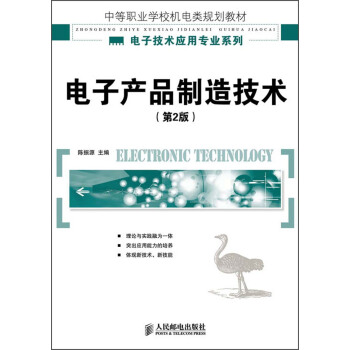

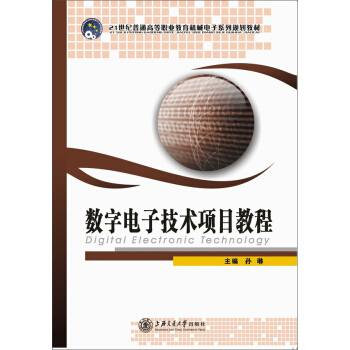
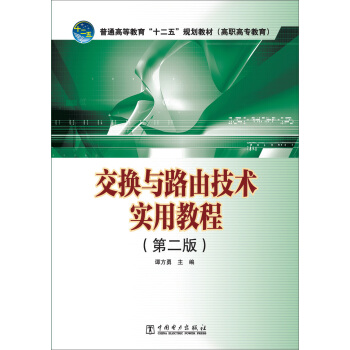




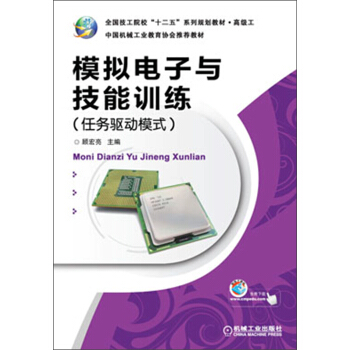
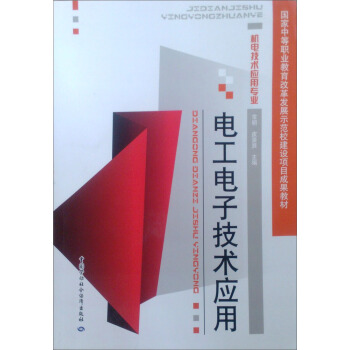
![数字电子技术(第2版)/浙江省高等教育重点建设教材·应用型本科规划教材 [Digital Electronic Technique] pdf epub mobi 电子书 下载](https://pic.windowsfront.com/11314817/rBEhWFI2ymAIAAAAAAKgA5wMf0QAADNsQDaiIgAAqAb423.jpg)


